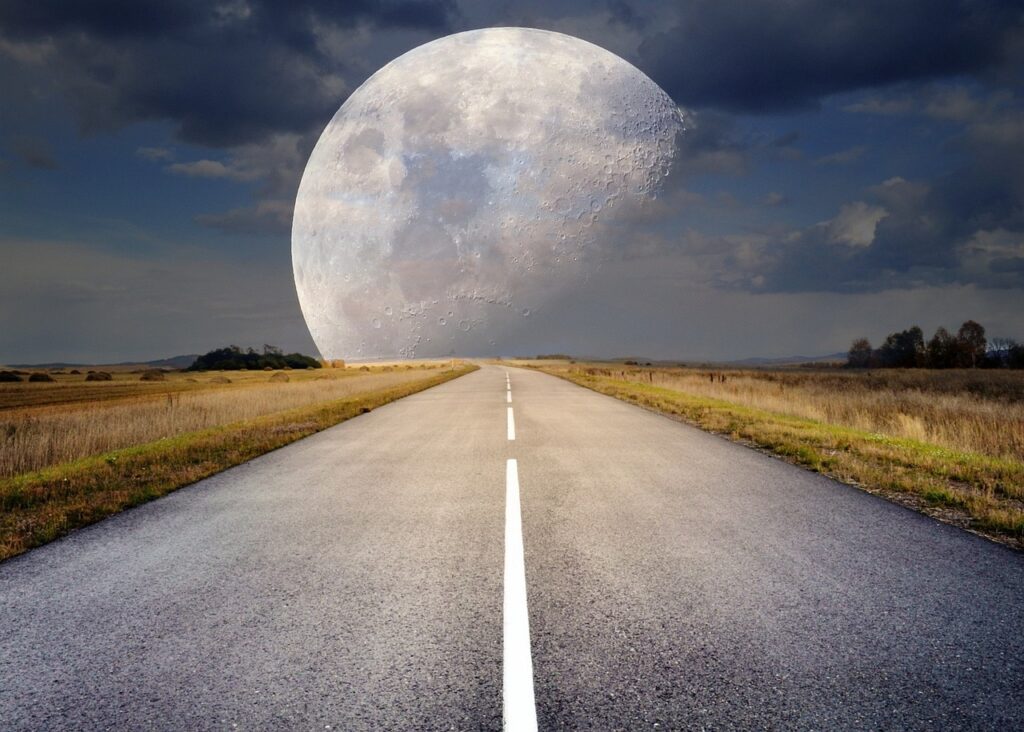Defining “Most Books”
First, we’ve got to talk scope. “Most books” can mean different things. Are we counting only traditionally published works? Do pseudonyms count? How about unpublished manuscripts, reprints, or ghostwritten material? For this article, we’re focusing on verifiable, credited publications—novels, nonfiction, series titles, and short works officially released to the public.
Prolific vs. Recognized
It’s tempting to think of big names—Stephen King, Nora Roberts, James Patterson. While all three are extraordinarily prolific, they don’t necessarily hold the top spot. King, for example, has penned over 60 novels. That’s intense by any standard, but not recordbreaking in volume alone.
James Patterson may seem like a contender, given the sheer number of books with his name on them. But Patterson operates differently—acting more like an executive producer. He outlines concepts and works closely with coauthors who handle large parts of the writing, which complicates credit.
The Real Record Holder
So who takes the actual crown? Brace yourself. The answer to what american author has written the most books is L. Ron Hubbard. Yes, the same L. Ron Hubbard who founded Scientology. Love him or loathe him, his writing output is ridiculous. He holds the Guinness World Record for the most published works by one author—over 1,000 titles, including novels, short stories, essays, and nonfiction.
Hubbard started as a pulp fiction writer, churning out adventure stories, science fiction, and westerns decades before founding a religion. His work ethic was robotic. He cranked out stories at high speed, sometimes writing entire manuscripts in a matter of days.
Metrics That Matter
When figuring out what american author has written the most books, it helps to know what counts:
Genres and Format: Many highoutput authors stick to formulaic genres—romance, westerns, crime fiction. The format allows for rapid production. CoAuthored Works: Some authors team up with others, a method that expands output but blurs individual authorship. Publishing Model: Selfpublishing and short print runs enable faster release schedules compared to traditional publishing.
Using these filters, Hubbard’s numbers are hard to beat—primarily because he began early, wrote across genres, and kept a torrid pace for decades.
Other Notable Contenders
While Hubbard wears the crown, others follow closely:
Romaine Stauffer – An Amish romance writer with hundreds of books, mostly selfpublished, with a quiet but massive following. Corín Tellado – Though not American, she authored over 4,000 romantic stories published across Latin America and Spain. She’s worth a mention for context. Carolyn Keene – The name behind Nancy Drew isn’t a real person but a syndicate of writers. Still, hundreds of books were published under that pseudonym.
Speed vs. Impact
Quantity doesn’t always equal influence. Writers like Harper Lee or J.D. Salinger changed literature with just a few works. On the flip side, highoutput authors often stay in genre lanes and may not make a dent in literary prestige—but they build loyal readerships.
This isn’t to knock the hustle. Writing this many books takes insane focus. Deadlines, plots, characters—again and again, year after year. It’s less about sudden inspiration and more about process, discipline, and systemization.
Should This Even Matter?
Fair question. For some readers, it doesn’t. A good book is a good book. But for writers and publishers, volume can mean better odds of landing a hit. More books mean more streams of income, broader visibility, and higher odds of satisfying market demand.
Plus, for obsessive readers, having a neverending supply of work from a favorite author builds loyalty and trust. So yes, to many, this metric matters.
Closing Thoughts
So when someone asks what american author has written the most books, don’t name drop Stephen King or Patterson. The correct answer is L. Ron Hubbard, whose industrial approach to storytelling earned him the ultimate bragging right in the literary productivity arena.
Volume alone isn’t the whole story, but it’s a part worth respecting. It reminds us that creativity doesn’t always come with candles, wine, and a waiting muse. Sometimes, it arrives through sheer reps—one story, one chapter, one book at a time.
